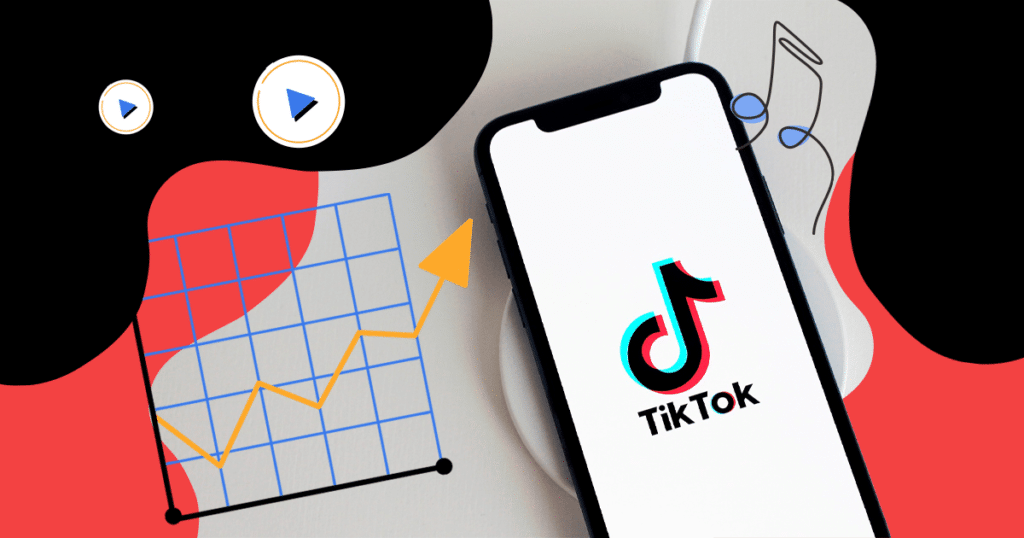Until the start of 2023, TikTok had quite the claim to fame: the fastest growing app. Since its start in China in 2016, the social media channel has quickly gained market share worldwide, and by 2020 it had more than 2 billion members worldwide.
Tech and marketing experts have been enthusiastic, but many were admittedly baffled as to which elements came together to make this particular platform especially appealing to all ages and occupations, since everyone from teens to company executives seems to be using it, or at least watching it.
As TikTok’s growth continued, it attracted even more attention as a potential moneymaker and advertising vehicle, since at the end of the day, that’s where the audiences are, so the big brands need to be there too. It has even become a popular non-Google tool to search for content. On some days, it has eclipsed Google as the most visited site, and competing “video” sites like Meta and YouTube are also making adjustments to their platforms to be more TikTok-like.
Unfortunately, if the tech world has taught us anything over the last few decades, it’s that a) gravity eventually asserts itself and even the most amazing of ventures will come back to earth, and b) there’s always something else new coming out that will capture attention and dollars.
In this case, the artificial intelligence app ChatGPT has recently broken TikTok’s record as the fastest growing app, reaching 100 million users as of late January, nearly double its numbers in December.
This upset comes at the same time that TikTok is seeing mounting political pressure, especially in the U.S. It is also seeing a noticeable drop in user activity. Both of these factors are causing TikTok to dig in, reevaluate its presence, and come up with new tools and techniques to stay at the top.
Why the hate?
There are personal reasons that some people aren’t fans of TikTok. Since the dawn of the Internet, there have been voices willing to criticize others’ creative contributions. With TikTok, this means plenty of opportunities to leave comments pointing out the sometimes-amateurish content. Do you like lip-syncing? Then there are plenty of strangers around the world who will take joy in attacking you for this pleasure.
But some of the concern over TikTok goes deeper than various trolls declaring random videos and creators as “cringe.”
As of late December, 19 U.S. states have banned the app on government computers or mobile devices. The concern centers upon its Chinese ownership and concerns that the app could not only spy on government employees but censor certain videos. There is also a push in the U.S. to advocate for American-based social media networks such as Meta or YouTube.
Similar bans have taken place in a variety of other countries. Some, like India, express the same suspicions towards Chinese technology. Others, such as Nigeria, have banned TikTok, Facebook and Twitter, accusing them of being illegal communication tools that can be used by anti-government activists.
Interestingly, some of the decline in TikTok might not necessarily be due to politics. One analysis speculated that the network is simply going through a correction to come back down to a more realistic activity level. It is currently growing at a fast pace but not the accelerated pace it was heading at prior to COVID.
When the pandemic hit, higher than expected numbers of people were stuck at home and discovered the joys of either viewing or creating. Now that health conditions have improved, the spike may be leveling out.
New directions
TikTok managers began anticipating a possible slow-down, and began rolling out new tools and features as early as 2022, including the “Friends” feature that makes it easier for certain people to see your posts. It also has improved its algorithms to find better selections for accounts to follow based on shared interests or friends.
The service is also expected to improve the online shopping experience. Some accounts can sell their own products or service as a private party, but TikTok itself has been working on developing its own shopping platform. Participants will be able to create videos of whatever they have for sale plus products available from vendor partners. All of these can be watched by potential customers.
Another feature that is expected to be available later this year is the “Creator Fun 2.0,” which includes a new set of promotional tools for top users, including the ability to play longer videos. This could lead to more exposure and potentially more revenue for individual performers.
A recent Forbes article with advice for creators could also apply to all of TikTok: think and act younger. The platform has been designed with Gen Z in mind, including their language, values, and interests. Older people are welcome to come play but they must adapt to this environment, especially if they want to be noticed.
Do you want to continue to be updated with Marketing best practices? I strongly suggest that you subscribe to The Beat, Rock Content’s interactive newsletter. There, you’ll find all the trends that matter in the Digital Marketing landscape. See you there!







